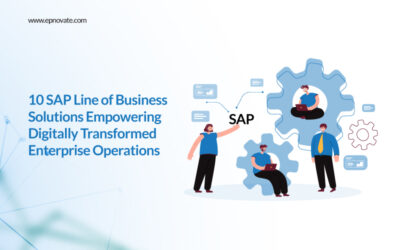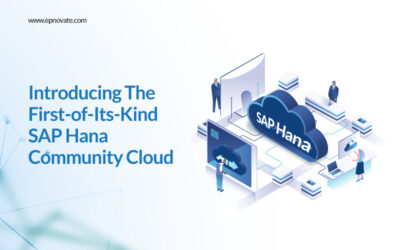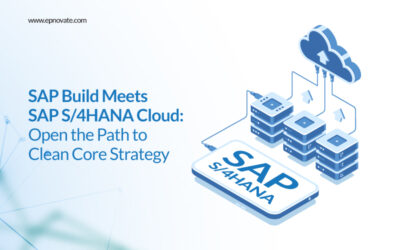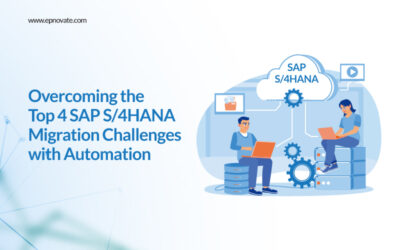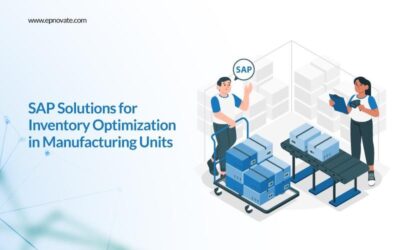6 Steps to Successfully Navigate the Transition to SAP S/4HANA
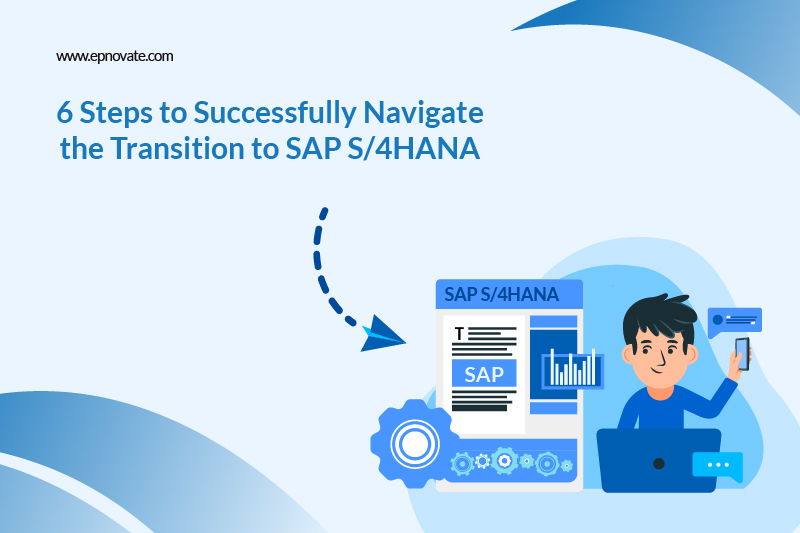
SAP S/4HANA is the next-generation ERP system that is revolutionizing how businesses manage their operations. With its powerful in-memory computing capabilities, simplified data model, and advanced analytics, S/4HANA offers a range of benefits, including improved decision-making, increased efficiency, and better customer experiences.
As businesses strive to stay competitive in today’s fast-paced digital landscape, many are recognizing the need for migration to SAP S/4HANA. However, the transition process can be complex and challenging, requiring careful planning and execution to ensure a successful outcome.
In this blog post, we’ll explore the six key steps to navigating the transition to SAP S/4HANA smoothly and effectively.
1. Know the Scope and Scale of your Migration
The first step in a successful S/4HANA migration is to understand the scope and scale of your project. This involves assessing your current SAP landscape, identifying the modules and processes that need to be migrated, and determining the data volumes and system complexity.
It’s also important to consider the deployment option that best suits your business needs, whether that’s on-premise, cloud, or a hybrid approach. This decision will impact the migration strategy and the resources required.
2. Prepare your Data for Migration
Data is the lifeblood of any ERP system, and ensuring its accuracy and integrity is critical for a successful migration. Before beginning the migration process, it’s essential to cleanse and optimize your data to eliminate any duplicates, inconsistencies, or errors.
This may involve data profiling, data quality checks, and data enrichment. It’s also important to classify your data based on its importance and sensitivity, as this will inform the migration approach and the security measures required.
3. Validate Compatibility and Integrations
One of the key challenges in a S/4HANA migration is ensuring that your existing applications and integrations are compatible with the new system. This involves assessing the compatibility of your custom code, third-party applications, and interfaces, and identifying any necessary changes or upgrades.
It’s also important to consider the impact of the migration on your business processes and workflows and to identify any areas where changes may be required to take advantage of S/4HANA’s capabilities.
4. Prioritizing Training and Change Management
A successful S/4HANA migration is not just about technical implementation; it also requires effective change management and user adoption. This involves engaging stakeholders, communicating the benefits of the migration, and providing comprehensive training to ensure that users are comfortable with the new system.
It’s important to prioritize training and change management throughout the migration process and to continue providing support and resources even after going live.
5. Choose the Right Migration Partner
Migrating to SAP S/4HANA is a complex and resource-intensive process, and many businesses choose to work with a migration partner to ensure a successful outcome. When selecting a partner, it’s important to consider their experience, expertise, and track record in SAP migrations.
Look for a partner who can provide a comprehensive range of SAP S/4 HANA migration services, from project management and technical implementation to change management and post-migration support.
6. Conduct Comprehensive Testing and Quality Assurance
Testing and quality assurance are critical components of any successful S/4HANA migration. This involves developing a comprehensive testing strategy that covers all aspects of the migration, from data migration to business process validation.
It’s important to conduct testing at every stage of the migration process, from initial data migration to final system validation. This will help to identify and address any issues or defects early on, reducing the risk of delays or disruptions.
Conclusion
Migrating to SAP S/4HANA is a significant undertaking, but with careful planning and execution, it can be a transformative experience for businesses. By following these six steps, businesses can navigate the transition successfully and unlock the full potential of S/4HANA.
Remember, a successful migration is not just about technical implementation; it also requires effective change management, user adoption, and ongoing support. By prioritizing these elements and working with the right migration partner, businesses can ensure a smooth and successful transition to SAP S/4HANA.
Recent Posts
- 10 SAP Line of Business Solutions Empowering Digitally Transformed Enterprise Operations
- Choosing the Right SAP Implementation Partner: What Businesses Need to Know
- How to Future-Proof Your SAP ERP
- SAP Operations Continuity: 5 Priorities You Need to Embrace Today
- Introducing The First-of-Its-Kind SAP HANA Community Cloud
